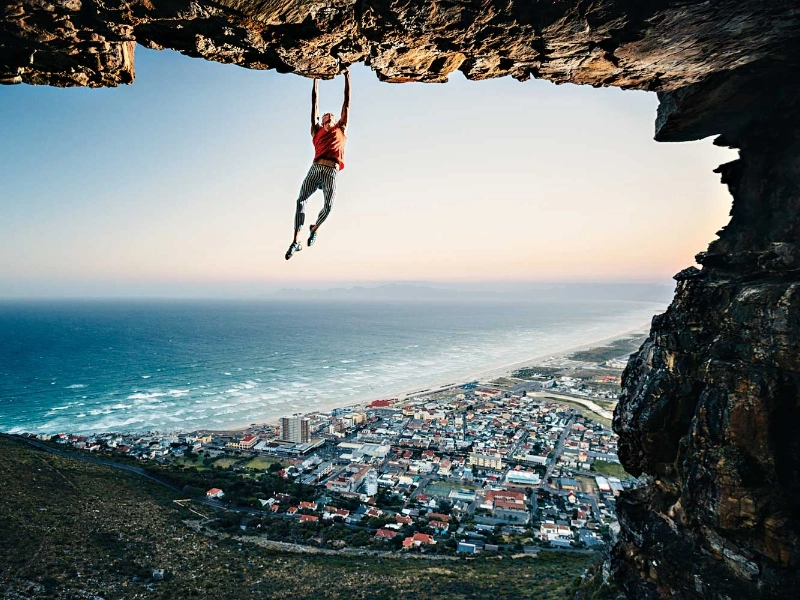Extreme Rock Climbing: Conquering the World's Most Dangerous Cliffs
5. Training for Extreme Climbing

Anyone who wants to be outstanding in extreme rock climbing has to be trained. Technical abilities, strength, and endurance should be the main priorities of a well-rounded training programme. Good training not only improves performance but also reduces the danger of injury, therefore enabling climbers to approach difficult routes with assurance.
Climbers especially need strength training since it helps build the muscles required for difficult routes. Pull-ups, push-ups, and core workouts among other exercises help to improve general strength and stability. Improving climbing performance also depends critically on including workouts targeted at grip strength, such dead hangs and fingerboard training. By laying a strong basis of upper body and core strength, climbers will be able to more successfully negotiate challenging parts of a climb.
An other essential component of climbing instruction is endurance. To increase stamina, climbers should work on their cardio—that is, swimming, cycling, or running. By means of this endurance training, mountaineers may sustain their energy levels across demanding routes and long climbs. Including interval training can also assist increase aerobic and anaerobic capacity, which is crucial for continuous efforts on steep climbs.
One should also constantly practice technical abilities. Spending time on climbing walls or in boulder gyms helps climbers improve particular methods and problem-solving abilities. By using several climbing techniques, including trad climbing and sport climbing, climbers will develop their adaptability and readiness for diverse challenges. A climber's capacity to face challenging climbs can also be much improved by training route reading and movement efficiency.
Apart from physical development, mental preparedness is crucial. Through practices like meditation or visualisation, climbers can help to cultivate focus and concentration. Developing mental resilience will enable mountaineers to overcome obstacles and keep confidence throughout demanding climbs. As climbers pursue their goals, tracking development and establishing reasonable expectations can help inspire and give a sense of achievement.
Climbers should lastly give safety instruction first priority. Correct usage of climbing gear and practice of rescue procedures help to improve general safety during climbs. For those that climb into far-off locations, classes in first aid and outdoor survival can also be quite helpful. Climbers who give training and safety top priority will be able to minimise dangers and still experience the excitement of great climbing.
Advertisement
You May Like

